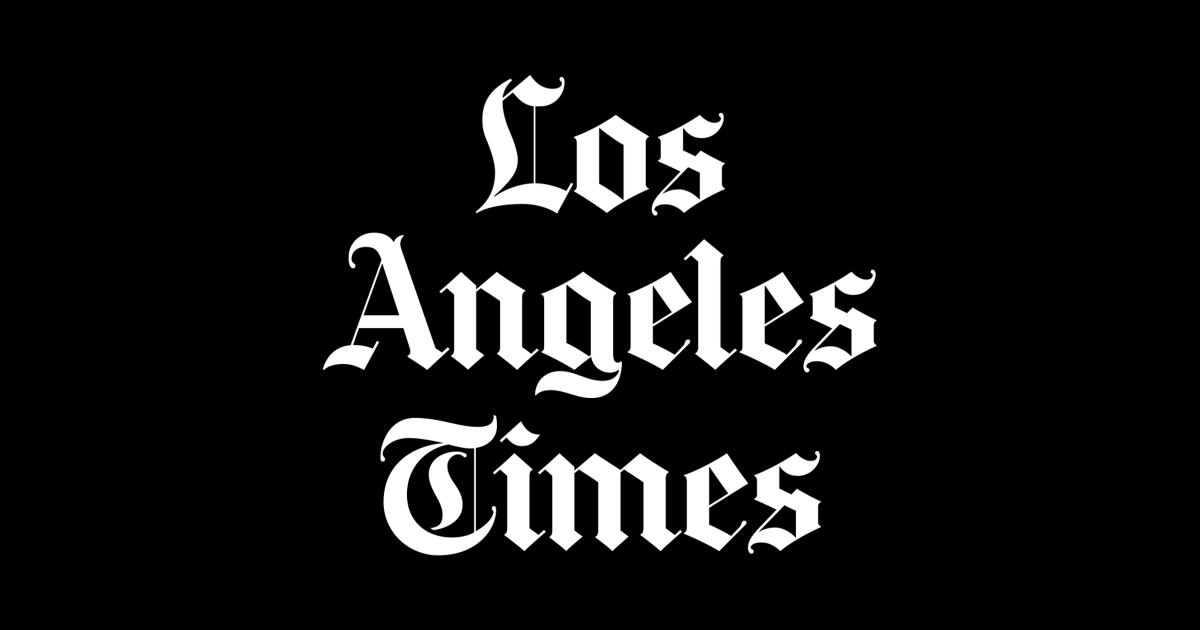Interview mit Tim Patterson, Kameramann
Patterson, who had come onto the project as a behind-the-scenes cameraman, and Key, who'd responded to an urgent call from a friend to help make sense of the footage, had unexpectedly become editors on one of the highest-profile movies of the year, one created entirely in the editing room.
As they made a film that had no script and on which the director had rarely paid attention to what was being shot, Patterson was in the incredibly unusual position of being the only person present who knew just what they had to work with.
"There were no tape numbers, nothing was logged; I just sort of knew what we had shot and about when," he said.
In the course of about a month, the duo worked seven-day weeks at Sony, clipping and tweaking their 2 3/4 -hour cut into the finished movie. To allay concerns over piracy, there was no Internet connection in the offices and only those with special passes were even allowed into the rooms where four editors and five assistants were putting together the movie, code-named "Industrial."
There were debates and disagreements about what to include, but the editors pledge that, contrary to some rumors, nothing was deleted to make Jackson appear healthier than he was in the months leading up to his surprising death. The only question was how heavily to weight the film toward performance versus discussions.
"We could have shown more behind-the-scenes stuff, but Kenny felt strongly that Michael would have wanted to include more songs for the fans," explained Key. "It was also Kenny's decision that we wouldn't do it like a documentary with interviews and new footage."













Kommentar